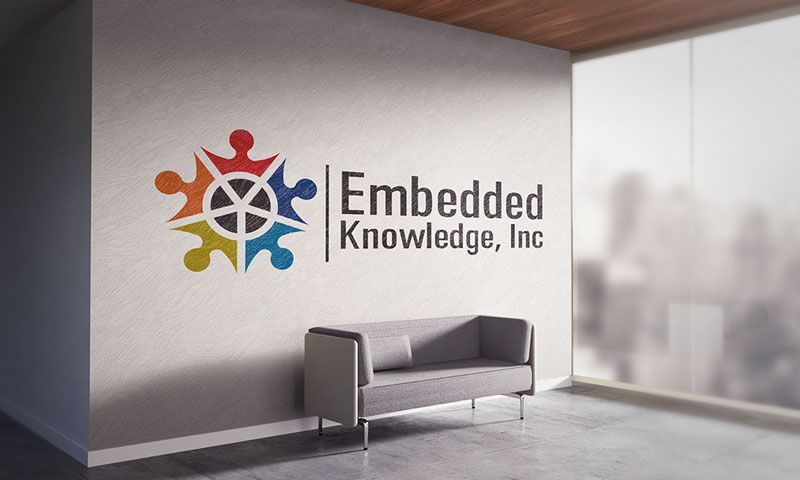Based on your responses, your organization may not be fully prepared to design lasting, sustainable solutions.
It seems as though your organization is currently struggling to design lasting, sustainable solutions. Perhaps your internal solution designers haven’t settled on a repeatable process for confronting complex problems; perhaps actionable solutions are being designed, but the team has trouble winning over the stakeholders; or perhaps solutions are regularly accepted and implemented, but seem to fizzle out over time.
Whatever the case may be, know this: you are not alone. Even the most experienced solution designers struggle with complex problems. No matter what sector you work in, successful solution design requires skillful management, motivated teams, and endless hours of negotiation. And sometimes, even if you have all that, you might still go nowhere time and again. To increase your chances of success, it is prudent to learn from the people who have traveled this road before you.
To help re-imagine your organization’s approach to solution design, consider these three strategies from Chapter 1 of our book From Problem Solving to Solution Design. These tips will help you as you grapple with the early phases of your next complex problem.
Next Steps
1. Define the “essential” problem
One of the biggest obstacles of successful solution design is seemingly one of most straight-forward: identify the actual problem.
Too often in organizations, people tend to immediately react to the problems in front of them before they have defined the problem’s root cause. In many cases, they enter a state of mind we call “fire drill mode.” In fire drill mode, the person facing a complex organizational problem immediately starts putting together task forces to react to the situation instead of questioning what the problem actually is that needs to be solved in the first place.
In doing so, the problem symptoms become the focus of any solution being devised. Therefore, the so-called “essential” problem—the root cause of the issue at hand—is not addressed from the start, leading to an escalating loop that keeps people working endlessly on different symptoms for the same problem.
Before diving head-first into fire drill mode, take a step back, reflect, try to gain a broader perspective, and clearly define what it is you are facing.
2. Ask the “five whys”
In the early stages of solution design, the question often becomes not only “How do we define the problem?” but also, “Why is the problem happening?” Surprisingly that’s the question most people do not ask.
The “five whys” is a technique developed in the 1930s by Sakichi Toyoda (founder of Toyota Industries Co., Ltd). The theory basically says you should not stop at the first answer that you get when you ask “why,” because there are probably more layers underneath. You can identify parts of the problem or problems, then get to the root cause if you keep asking “why.” If there is another tier of “why” that you can answer, then you have not yet identified your final problem. Keep asking “why” until you get to the root cause.
3. Slice, dice, and prioritize
When faced with a particularly complex problem, many people in the business world feel compelled to tackle the problem head-on. If the problem is complex, it surely must have enormous consequences to the business, and therefore, must be solved quickly.
In reality, complex problems must be broken down into small, easier-to-understand components. Addressing the “big problem” in smaller pieces helps you step back more often, measure small successes by addressing the smaller pieces, and course-correct if necessary. Once this has been done, you can begin to prioritize the smaller pieces against one another, and address each pressing issue one at a time.
Get in Touch
Follow Eduardo & Erica on Twitter, Facebook, and LinkedIn.
Join the community at embedded-knowledge.com to receive expert business insight, downloadable resources, and information on speaking appearances.
Want to Learn More?
Pick up your copy of the book From Problem Solving to Solution Design, published by ForbesBooks, now available from major retailers.
Read our latest article on Forbes.com.
